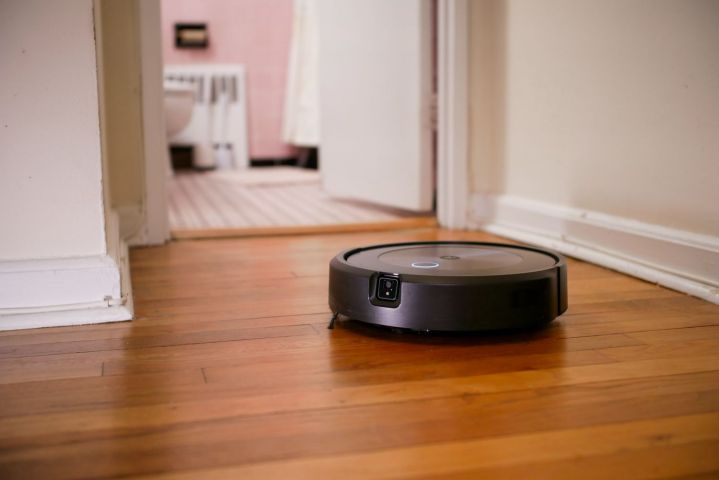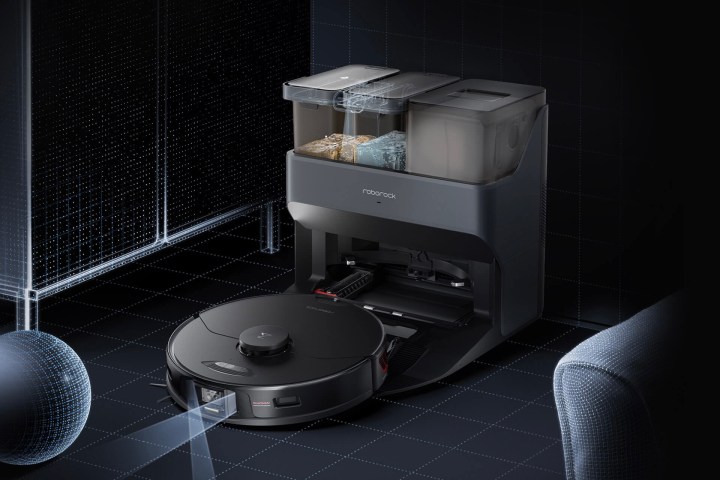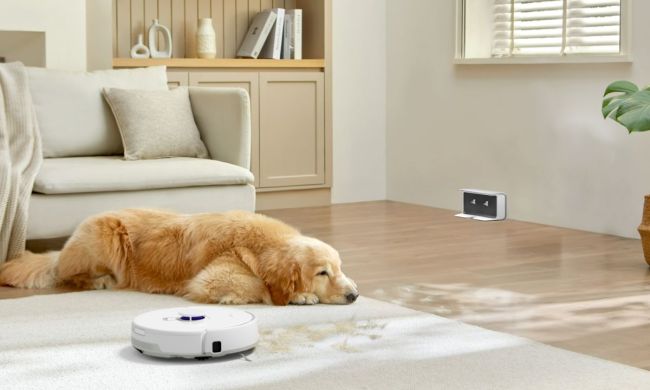When we imagine the future, we like to think of a legion of loyal, smart robots that serve us at our pleasure: Piloting us around in flying cars, cleaning for us, cooking for us, and handling all the daily domestic tasks we just don’t want to do. When it comes to robot vacuums, that means the emptying of the dustbin. While plenty of robot vacuums can now take care of that dirty little chore for you, there are many more that don’t. So as we march toward that promising future, is there still a place in the smart home for robot vacuums that don’t empty themselves?
A decade of innovation

Anyone who’s been following vacuum technology knows the last decade has been monumental. We went from having to haul out giant, heavy corded upright vacuums to clean our floors to the development of robot vacuums like the now-iconic Roomba (the iRobot Roomba j7+ is the company’s newest, smartest bot). Those early days of automated vacuuming were more novelty than necessity, however, with the rolling robots bumping around, smashing into furniture and walls, leaving marks and dropping debris.
The next big advance of smart vacuums was mapping. Using lasers, lidar, cameras, and an array of sensors and artificial intelligence, vacuums began to “see” their way around your home. Since the first iRobot Roomba, we’ve also seen robot vacuums from myriad manufacturers: Roborock, Ecovacs, Xiaomi, Eufy, Shark and Dreame. And the advent of localization tech has allowed robot vacuums to navigate obstacles and create smart maps all on their own. These smart maps allow us to label all of the spaces in the house so we can send the bots out to clean just the bathrooms, or vacuum the living room on Wednesdays and Fridays when we’re out, or handle a quick kitchen sweep after dinner is done each evening.
Hazard recognition is also improving monumentally. Where older botvacs might have stalled out after getting tangled in a wayward charging cord, or worse, rolled through an unfortunate dog accident and painted the floor with a Crayola kaleidoscope of burnt umber, today’s vacuums are able to detect, recognize, and avoid problems.
Better than before

The latest must-have in robot vacuum technology is the self-emptying robot, and even in the scant couple of years since that technology was introduced, there have been further upgrades and advancements.
Self-emptying robot vacuums come with a base station that itself contains a small vacuum unit. When the vacuum cleaner’s onboard dustbin is full, the vacuum is smart enough to return to its base, and essentially evacuate its insides into a sealed dust bag. We humans never need to touch it; the vacuum bag seals itself when you pull it from the base and can be put right into the garbage.
Once considered a novelty for germaphobes, the self-emptying vacuum robot is a lot more than that. Traditional robot vacuums may not be smart enough to tell you when their on board dustbin is full, so they will often head out on their rounds, merely driving around your house, suction power all but diminished because their bin bellies are too full. With a self-emptying robot vacuum, this means suction power is always maximized because the bin is never too full to accept more. So every time it’s out, it’s truly working for you, which is what one of these often-pricey bots should be doing.
Two big problems

Today, we are advancing into an even smarter place with our robot vacuum army.
Now, single-purpose robots vacuums often come with the ability to mop. To digress for just a second, “mop” is a bit of a misnomer for what these devices are actually doing. They don’t mop in the bucket-and-mass-of-yarn sense, sopping up all manner of liquids. Instead, think of today’s robot vacuums with mopping capabilities as more of a soggy Swiffer that takes a lightly dampened cloth to the floor after it’s been freshly vacuumed.
But many of the newest generation of vacuum/mops now also employ water tanks, like the Roborock S7 Max V Ultra (which I’m dying to try!). In much the same way as the vacuum-within-a-vacuum will clear out the insides of dust and debris, the smarter mopping units can refill the fresh water tank for you, and some can even clean themselves too (like the ECOVACS Deebot X1).
While these advancements are quite amazing, there are two problems: The first is that these massive self-cleaning base stations take up a lot of space. If you don’t have a spot under a table or in an out-of-the-way room somewhere, you need to look at this knee-high car wash every time you walk by. Marvels of engineering, yes; masters of design, not even close.
The second problem is cost. Adding all of this technology understandably comes at an ever-growing price. Some of these multipurpose, super-smart robot vacuum/mop combos with multi-wash rinse-and-repeat base stations cost as much as a mortgage payment, while a simple empty-it-yourself robot vacuum can be had for a couple hundred dollars today.
So, will there still be a place for robot vacuums that can’t empty themselves? Think of it this way: When they invented power drills, did the humble screwdriver simply go away?



